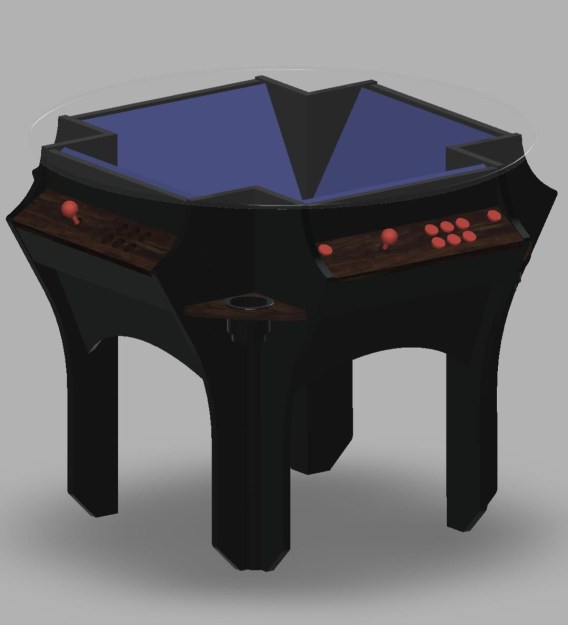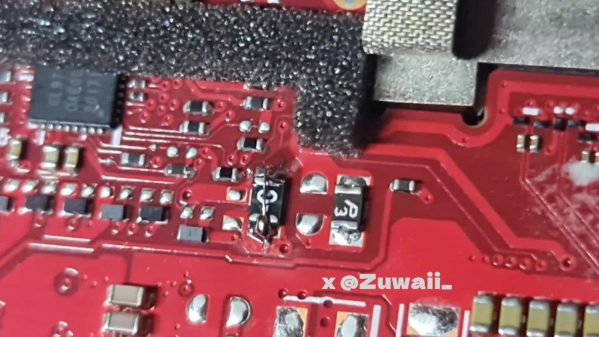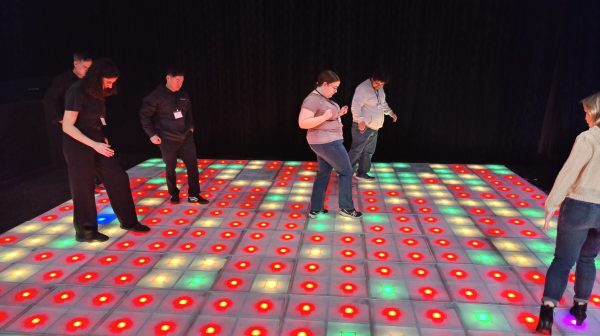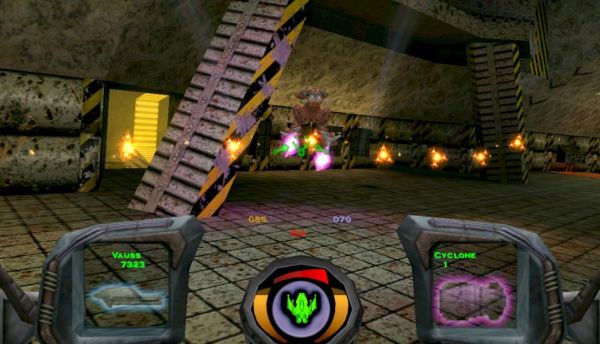Usually when we see arcade cabinet builds, they’re your standard single-player stand up variety. Even one of them takes up quite a bit of room, so as appealing as it might be to link up two or more cabinets together for the occasional multiplayer session, the space required makes it a non-starter for most of us.
But this cleverly designed 4-player cocktail cabinet from [OgrishGadgeteer] goes a long way towards solving that problem. The circular design of the cabinet gives each player a clear view of their respective display in a much smaller footprint than would otherwise be possible, and the glass top allows the whole thing to double as an actual cocktail table when it’s not game time.

According to a post on r/cade, it took [OgrishGadgeteer] three months to go from paper sketches of the cabinet’s basic shape to the final product. Most of the components were picked up on the second hand market, which brought the total cost of the build to around $350. That wouldn’t have been a surprising price for a traditional full-size cabinet build, so for this, it seems like an absolute steal.
A Dell OptiPlex 7060 small form factor PC provides the power for this build, with the video output passing through a 4-way VGA distribution amplifier into 20 inch monitors. At $75, the four player control kit ended up being the single most expensive component of the build, though you could make do with some parts bin buttons and a Pi Pico if you wanted to really bring this one in on a budget.
Perhaps the most surprising element of the whole build is that, despite the cabinet’s complex design, [OgrishGadgeteer] pulled it off without a CNC to cut the plywood panels. Instead, a vinyl cutter was used to make full-size templates of the cuts and holes that needed to be made, which were attached directly to the wood. After that, it was just a matter of following the lines with a jigsaw. Not the fastest or most convenient solution, but it’s hard to argue with the final results.
We’ve seen other cocktail cabinet builds in the past, but this is the first that managed to cram four players in. Well, unless you count Dungeons & Dragons, anyway.





![Sonic 2 on the Ti 84+ CE, courtesy of [grubbycoder]](https://hackaday.com/wp-content/uploads/2024/04/sonic_2_on_ti_84_ce.gif?w=320)











